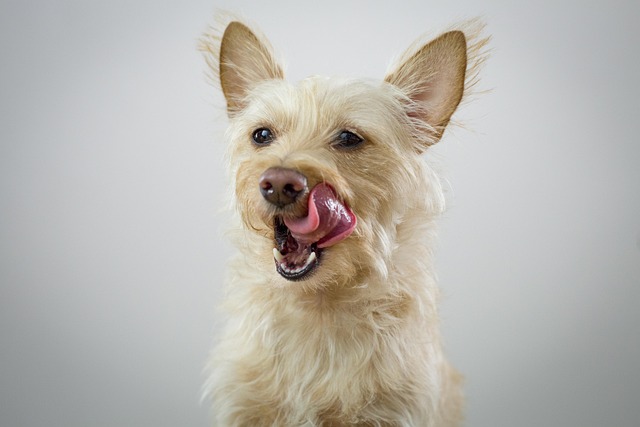
How do i train my dog to be obedient?
Watching your dog dart across the park ignoring your calls isn’t just frustrating—it can put them at risk near busy streets or public spaces.
When you bring home an 8 - week - old puppy, it’s like welcoming a tiny, energetic ball of fur into your life. But you might find yourself wondering, what exactly should an 8 week old puppy be doing? Understanding this stage of your puppy’s life is key to helping them grow into a healthy, well - behaved companion.
At 8 weeks old, puppies are in a crucial period of development. They’re like little sponges, soaking up everything around them. This is a time when they start to form bonds with their human family and learn about the world. Puppies at this age have short attention spans and a natural curiosity, which drives them to explore their new environment. From a behavioral science perspective, this early stage sets the foundation for their future behavior and social skills. For instance, a young Beagle puppy might be sniffing every corner of its new home, trying to make sense of the different smells and textures.
An 8 - week - old puppy should be spending a significant amount of time sleeping. Just like human babies, they need around 18 - 20 hours of sleep a day to support their rapid growth and development. When they’re awake, they’ll engage in playful activities. This includes chasing toys, chewing on appropriate chew items (which helps with teething), and interacting with you and other family members. It’s also the perfect time to start basic training. Begin with simple commands like “sit” and focus on housebreaking. Take them outside to a designated spot frequently, especially after eating, sleeping, or playing. When they relieve themselves in the right place, reward them with a small treat and lots of praise.

Socialization is another important aspect. At this age, puppies should start meeting new people and experiencing different sights and sounds in a safe and controlled environment. Have friends and family visit to gently pet and interact with the puppy. Play soft music or the sounds of everyday life to get them used to various noises. However, be cautious about taking them to public places until they’ve received all their necessary vaccinations. In most US states, puppies need to start their vaccination series around 6 - 8 weeks old, and it’s crucial to follow your vet’s schedule to keep your puppy healthy and comply with local laws.
If you live in an apartment, make sure the puppy’s living area is safe and comfortable. Keep small objects out of reach to prevent choking hazards, and provide soft bedding for their naps. When it comes to future community interactions, remember that once your puppy is old enough to go for walks, you’ll need to clean up after them as local regulations require.
Throughout this process, always use positive reinforcement. Avoid any form of punishment, as it can cause fear and anxiety, which goes against the animal welfare values widely embraced in the US. Whether it’s training, socializing, or just playing, use treats, praise, and affection to encourage good behavior.
In conclusion, an 8 - week - old puppy should be sleeping, playing, learning, and socializing. By providing a nurturing environment, following proper health protocols, and using positive methods, you’ll help your puppy thrive in this important stage of their life.

Watching your dog dart across the park ignoring your calls isn’t just frustrating—it can put them at risk near busy streets or public spaces.

New puppy owners often find themselves rushing to clean up accidents before they set in, and that’s where puppy pad training becomes a game-changer.

If you've noticed your dog's waistline disappearing and your veterinarian has mentioned those few extra pounds, your first instinct might be to simply reduce the amount of food in their bowl.

Training a dog to use a designated spot indoors isn’t as daunting as many new owners fear, but it does take consistency and an understanding of your pet’s needs.

That moment of dread on a walk is all too familiar for many new dog owners. You see another dog approaching down the sidewalk of your neighborhood

If the sight of another dog on your neighborhood walk makes your heart sink as your own dog erupts into a frenzy of barking and lunging, you're not alone.